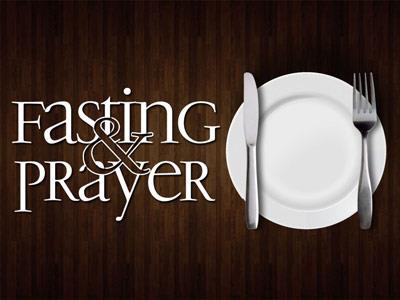-
The Gates Of Hell
Contributed by Robbie Parsons on Apr 8, 2025 (message contributor)
Summary: In a place known for wicked pagan worship, Jesus teaches us that we are to be on the offense.
Jesus was a few short weeks from the time that He would be crucified. He knew that the time was near that He would be letting His disciples loose to spread His message and build the foundation of the church. He took them to an area known as Cesarea Philippi. Cesarea Philippi sat at the foothills of Mt. Harman. Out of Cesarea Philippi, the Banias River flowed.
Herod the Great, who was in charge when Jesus was born in Bethlehem, had a son. This son was Philip the Tetarch. He built a fortified city there at the foot of Mt. Harman.
This area already had a history to it, though. Before the nation of Israel split, the tribe of Dan moved north to escape the Philistines. In the same area as the future Cesarea Philippi, they founded the town of Dan.
After the nation of Israel split in 931BC, King Jeroboam ruled the northern kingdom of Israel. During his reign, he built two temples. One was built in Bethel, and the other was built in Dan. In these temples were placed golden calves where he promoted idol worship and sacrifices, even possible human sacrifices. Both temples became “meccas” for idol worship. But the temple in the city of Dan was particularly close to the area of Caesarea Philippi.
At the Caesarea Philippi, there was a natural spring that flowed freely from the side of the cliff that dumped into a river. Back in these days, free flowing springs and rivers were essential, as they not only provided water for drinking, cooking, and cleaning, but also provided water for irrigation for crops. The idea for idol worshipers was that where the water is, god must be there. So this area became a place for worship of Baal. Baal was eventually worshipped was a fertility god, because the water sustained life and fertility.
Starting around 200BC, the idol worship centered around the Greek god Pan. Pan was associated closely with the god Nymph. Both were fertility gods. Not only were sacrifices offered, but all sorts of acts of immoral play were performed there. It was an evil, wicked place. There were various niches carved into the cliff to place idol statues of Pan.
By the time of Christ, the cave was no longer a spring. But since Pan was associated with the area, it was widely believed that Pan went into the underworld to stay warm during the winter. He supposedly accessed Hades through the cave as a gate. Thus, the area was also referred to as “the gates of hell.”
So it is at this place, just a week or so before He enters Jerusalem on a donkey, that Jesus brings His disciples for a graduation ceremony of sorts. He has been having them follow him for three years, almost like an apprenticeship. They have seen Him heal, resurrect, cast out demons, teach and preach. They have had the opportunity to cast out some demons. This is one of only a handful of times that Jesus will have the chance to be with them in a teaching moment before He is nailed to a cross.
He brings them together and asks who people say He is. The disciples say that people say that Jesus is “John the Baptist; others, Elijah; still others, Jeremiah or one of the prophets.” Then, after three years of their apprenticeship, Jesus asks this fateful question: “Who do you say I am?”
Simon steps up and declares, “You are the Christ, the Son of the Living God!” The first part of that statement acknowledges that He is the Messiah, the long prophesied one who would come to free humankind. The second half declares that He is the Son of God, and not an inanimate object like the other gods in the background.
Here, Jesus says his name is now Peter. This is a Greek play on words from the word petra meaning rock. “Upon this rock I will build my church…” Catholics will teach that the rock is Peter himself. But protestants teach that the rock is Peter’s declaration that Jesus is the Messiah.
In a most confrontational manner (because Jesus was NEVER confrontational), Jesus is making a declaration that His church is replacing this pagan religion going on in the background. And it is worthy of note that there are rabbinical references that say that when Messiah comes, the gates of Caesaria Philippi will collapse.
Now Jesus declares that the gates of hell will not overcome His church and its doctrine. Gates have always been regarded as the primary defense in battle, and they are attached to a fortified wall. Notice here that Jesus is referring to these gates as being on the defense. The forces of Satan are the ones who will be on the defense, not the offense.

 Sermon Central
Sermon Central



